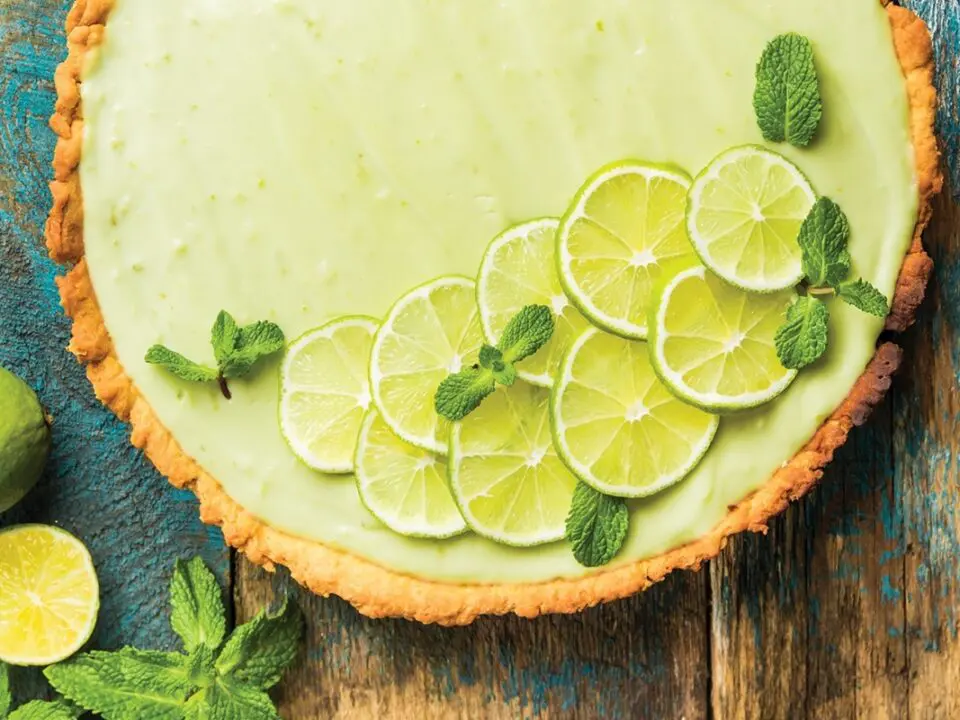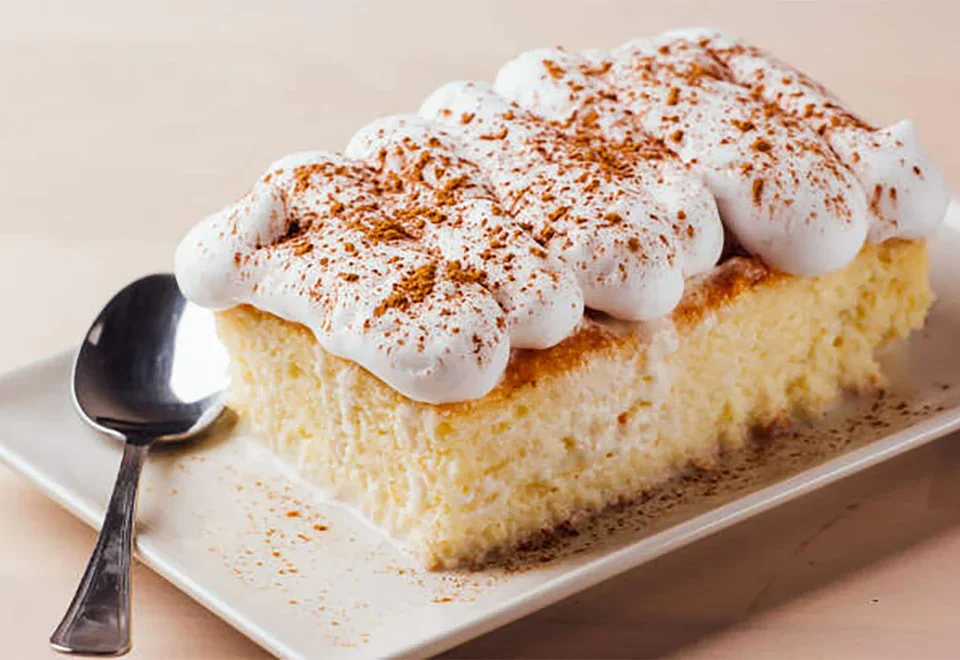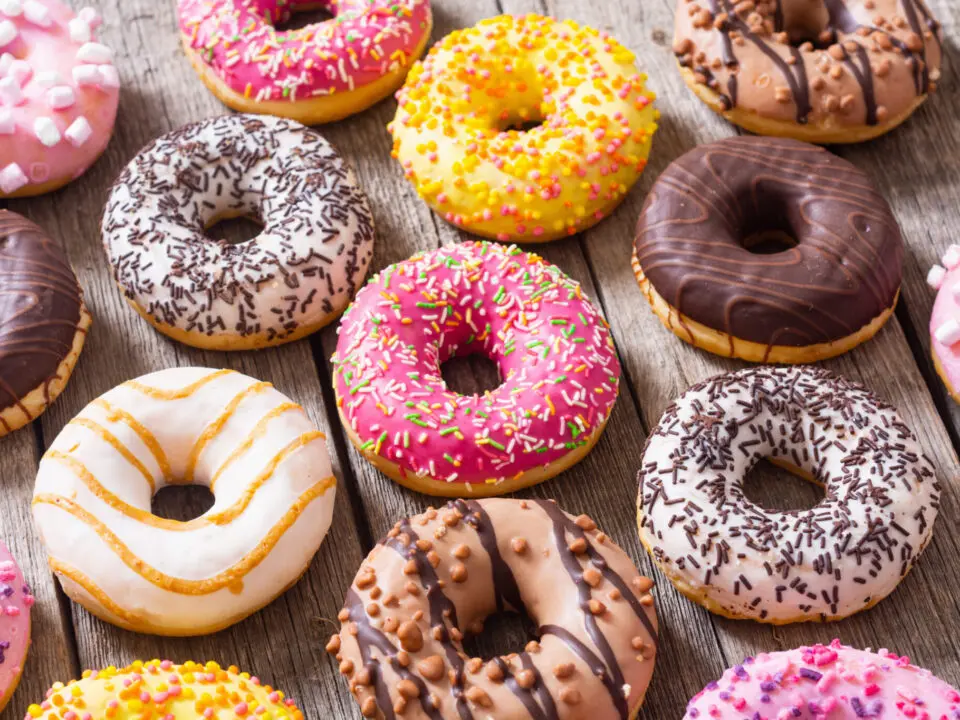
Metal Tart Rings & Pastry Cutters
September 1, 2025
Margaret Fulton
September 1, 2025The New York Icon
Few desserts are as instantly recognisable as a New York cheesecake. Rich, creamy, and unapologetically indulgent, it has become a symbol of American baking. While cheesecakes in various forms have been enjoyed for centuries, the New York style is unique in both texture and cultural impact.
Where Cheesecake Began
Cheesecake is not originally American. Versions of it date back to Ancient Greece, where simple mixtures of cheese, honey, and wheat were baked for athletes during the first Olympic Games. The recipe evolved as it moved through Europe, where cheesecakes were often made with fresh curd cheeses.
It was in the late 19th century in New York that the cheesecake we know today took shape. Credit is often given to Arnold Reuben, a German-born restaurateur, who is said to have created the first New York cheesecake around 1929. His version was denser, made with cream cheese, which had recently become widely available in the United States thanks to dairyman William Lawrence, the man who accidentally invented cream cheese in 1872.
Why It Became Popular in New York
New York in the early 20th century was a melting pot of cultures, cuisines, and food innovation. Cheesecake became popular because it was both luxurious and simple, offering a distinct alternative to traditional European pastries. It was easy to make in large quantities for restaurants and diners, and its dense, creamy texture paired perfectly with coffee, which was central to New York dining culture.
Bakeries like Lindy’s and Junior’s cemented cheesecake as a local institution, each claiming to make the definitive version. Over time, New York cheesecake came to symbolise not just indulgence, but the city’s character: bold, rich, and unforgettable.
Adaptations Across the World
Cheesecake has since spread far beyond New York. Each culture has made its own adaptations:
- Japan: Light and airy “cotton” cheesecakes made with whipped egg whites.
- Germany: Käsekuchen, baked with quark, is tangy and less heavy.
- Italy: Ricotta-based cheesecakes with a grainier texture and citrus flavour.
- Australia: Non-baked cheesecakes are typical, often made with cream cheese and gelatine, set in a biscuit base.
These variations highlight the versatility of cheesecake, which can shift texture and flavour depending on regional tastes and available ingredients.
Variations and Accompaniments
An authentic New York cheesecake is usually served plain, without toppings, to let the dense cream cheese filling shine. Still, variations and accompaniments are common:
- Fruit toppings: Strawberries, blueberries, or cherries add freshness and colour.
- Chocolate versions: Swirls, layers, or even whole chocolate cheesecakes.
- Mini cheesecakes: Individual servings baked in muffin tins.
- Savoury twists: Rare but not unheard of, with herbs or goat’s cheese.
Many people enjoy cheesecake with a strong coffee or dessert wine, balancing the richness with a contrasting flavour.
A Dessert with Enduring Legacy
Cheesecake has evolved from an ancient energy food to a New York icon to a global favourite. Its history mirrors the way food travels, adapts, and becomes rooted in culture. For anyone who bakes, cheesecake offers endless possibilities, whether you stick to the classic New York style or experiment with new flavours.



